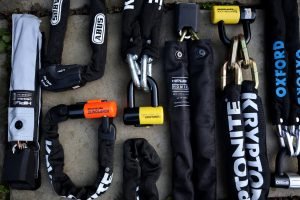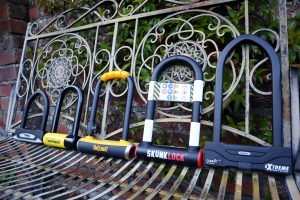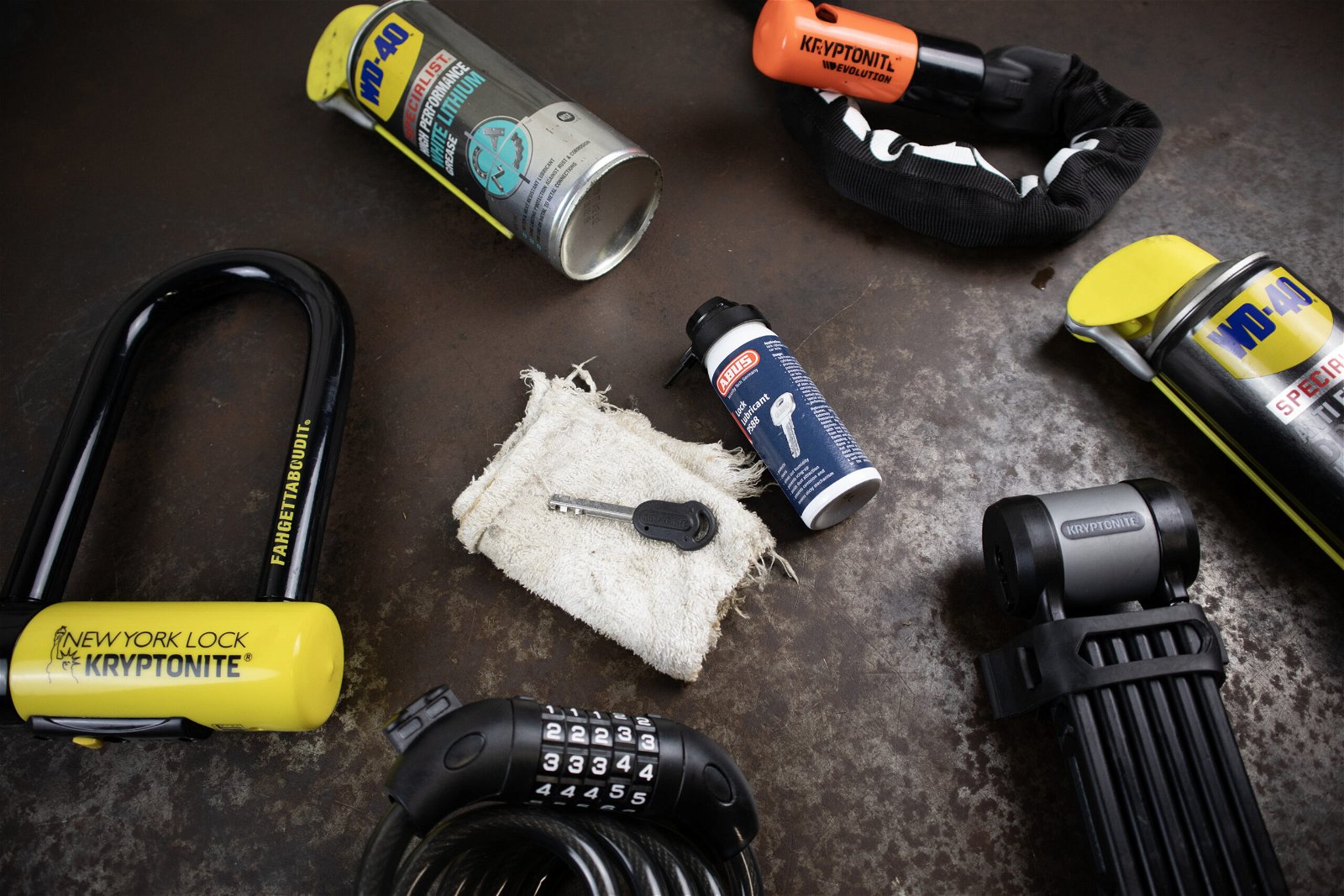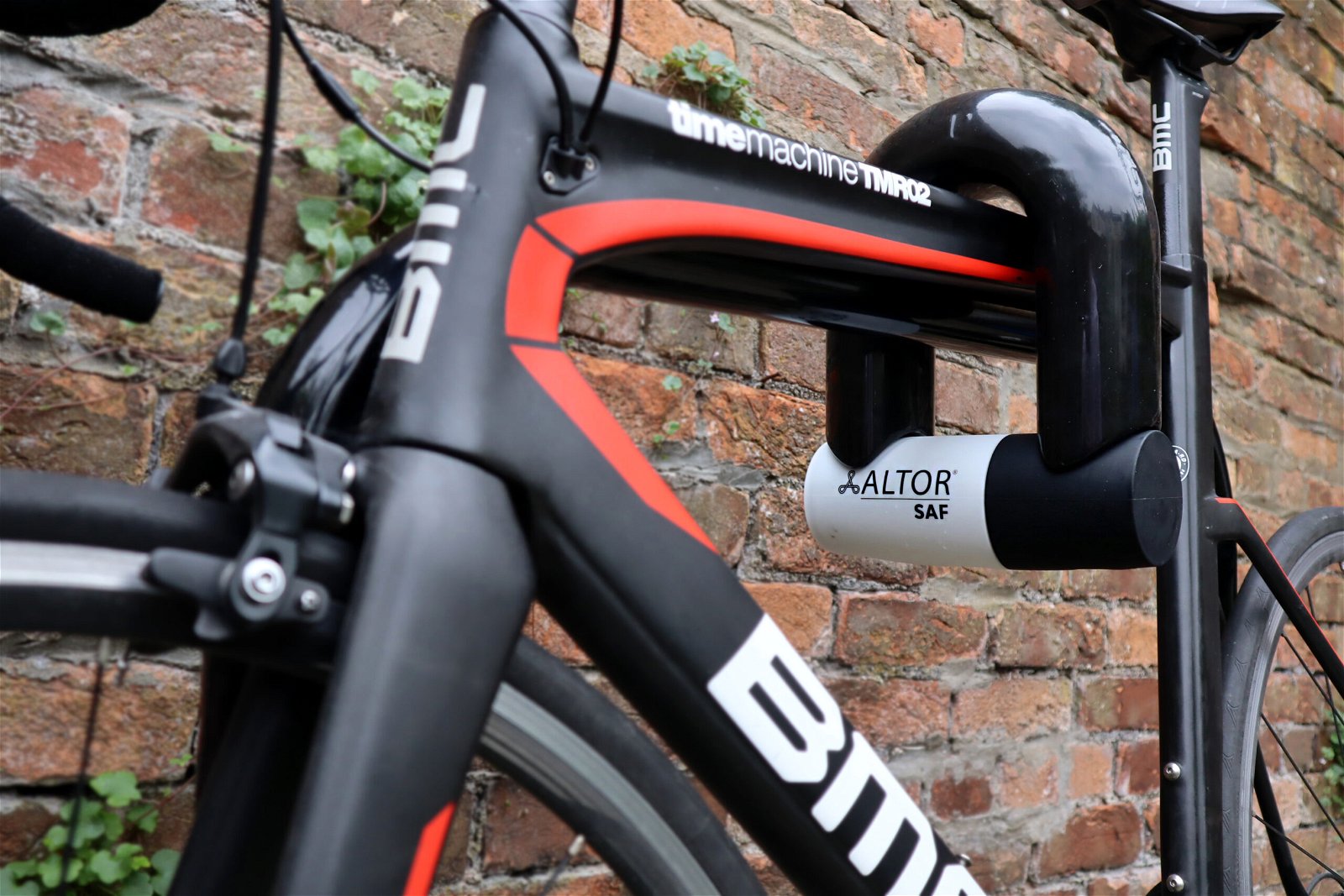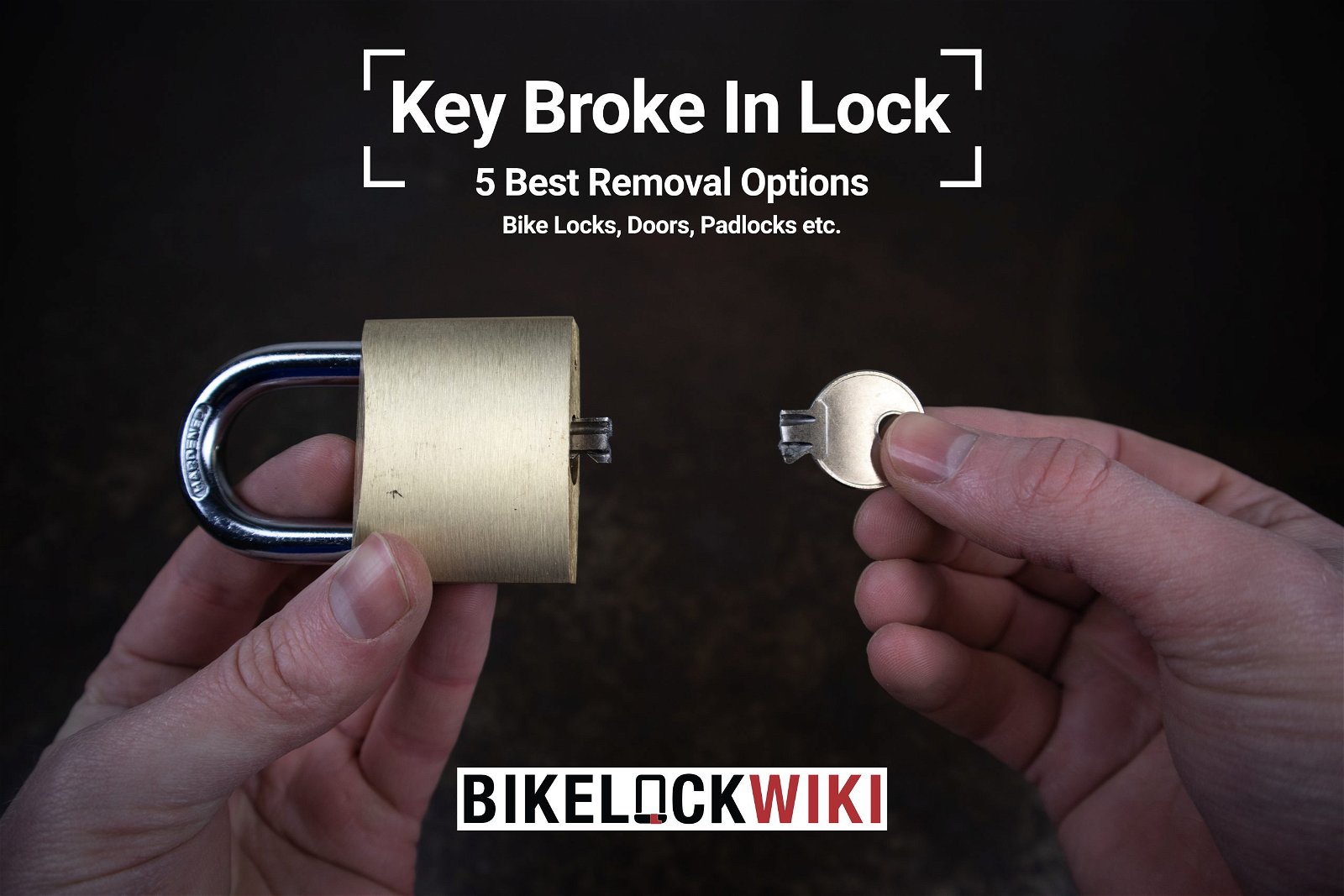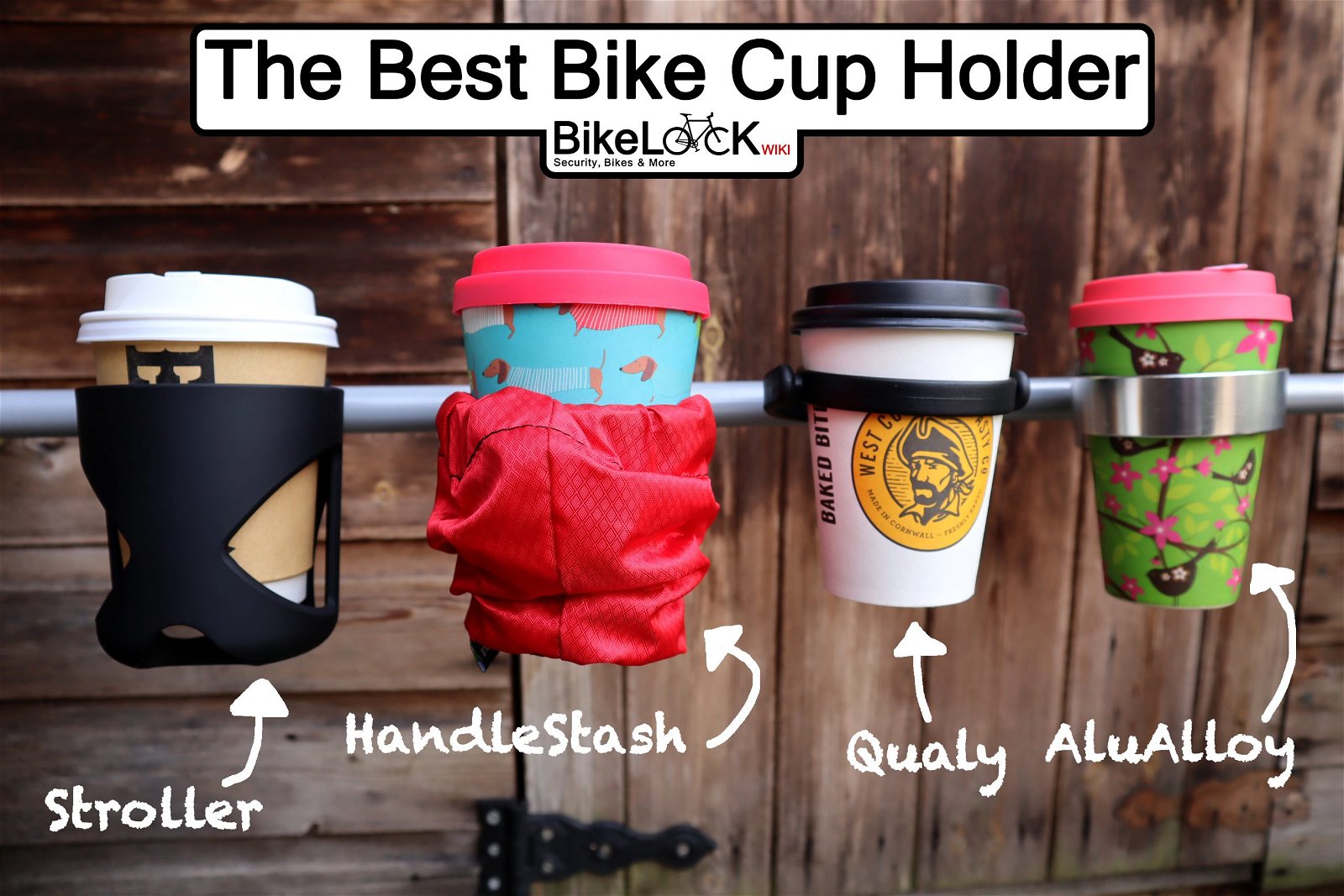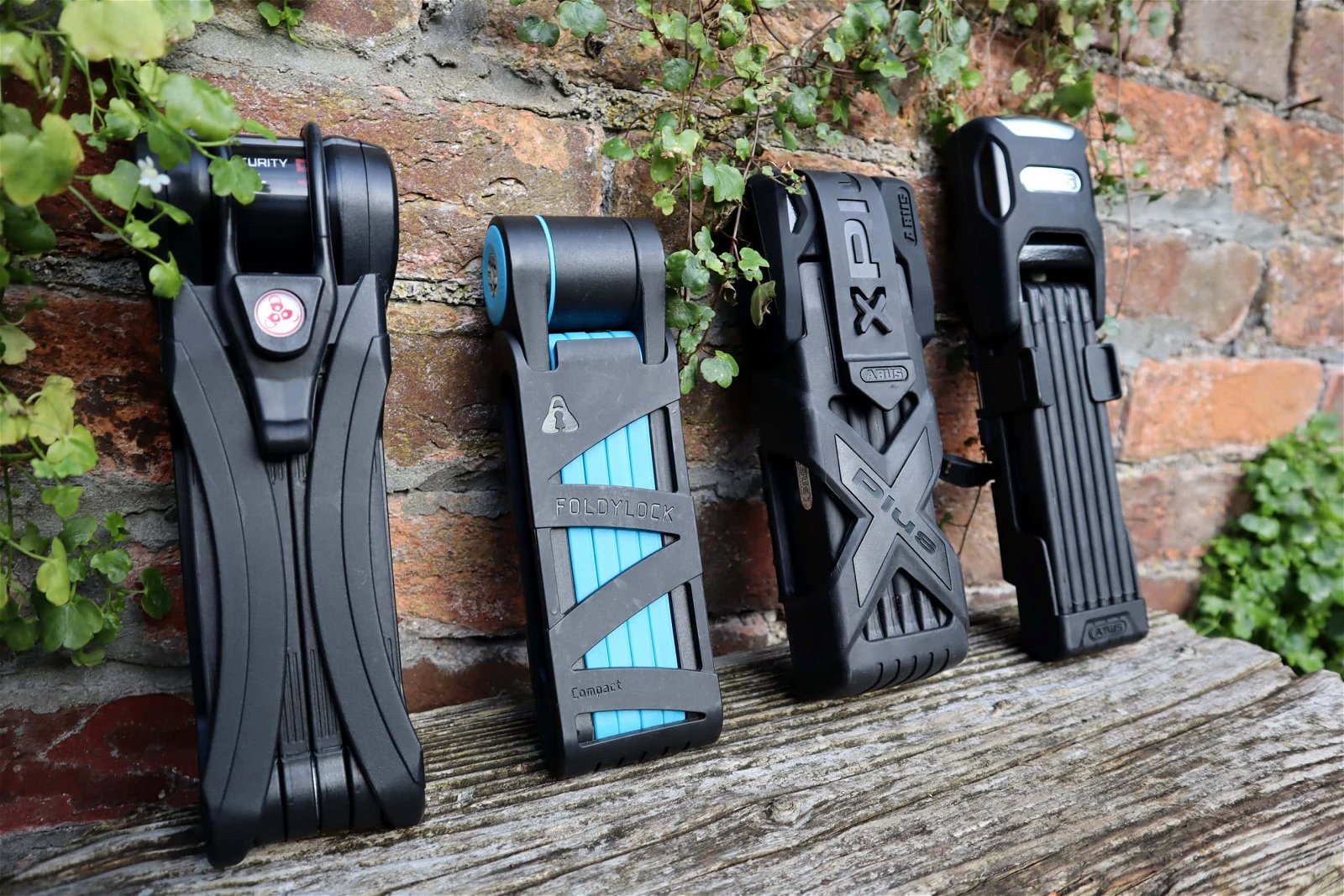A fixie bike is a shorthand nickname for a fixed-gear bicycle. Fixie bikes are a type of bike that operates solely at one gear ratio.
Perhaps the most defining quality of a fixie bike is that it does not have a freewheel like most bikes, as the single-gear is fixed directly onto the rear wheel of the bike.
This means that the bike cannot move without the rider manually pedaling. Since riders must be moving at all times in order for the bike to function, coasting is not a viable option for them.
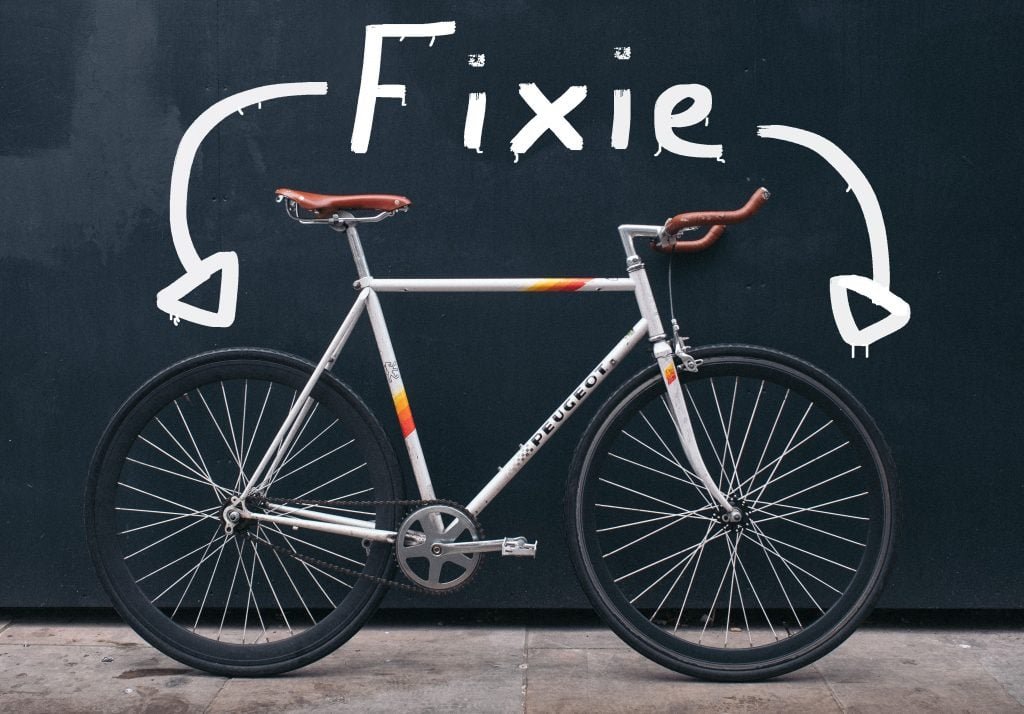
Overall, fixie bikes are a no-frills approach to cycling and are extremely simplistic in their designs. This is because the one-gear setting allows them to function without many complex bike parts.
Fixed-gear bikes are typically very lightweight and easy to customize. One of the most unique features of fixie bikes is that they don’t typically possess a rear brake.
What is a Fixie Bike Used For?
Fixie bikes ride the most successfully on smoothed and paved roads as opposed to bumpy or hilly terrains.
A significant amount of power and endurance is required to ride up steep trails without alternate gear choices. Fixies are commonly used by individuals commuting to places in a city or urban environment where the ground tends to be flat.
In general, fixed gear bikes are suitable for riding in the majority of weather conditions, although unlike a mountain bike, their thinner tyres will struggle with heavy snow and ice.
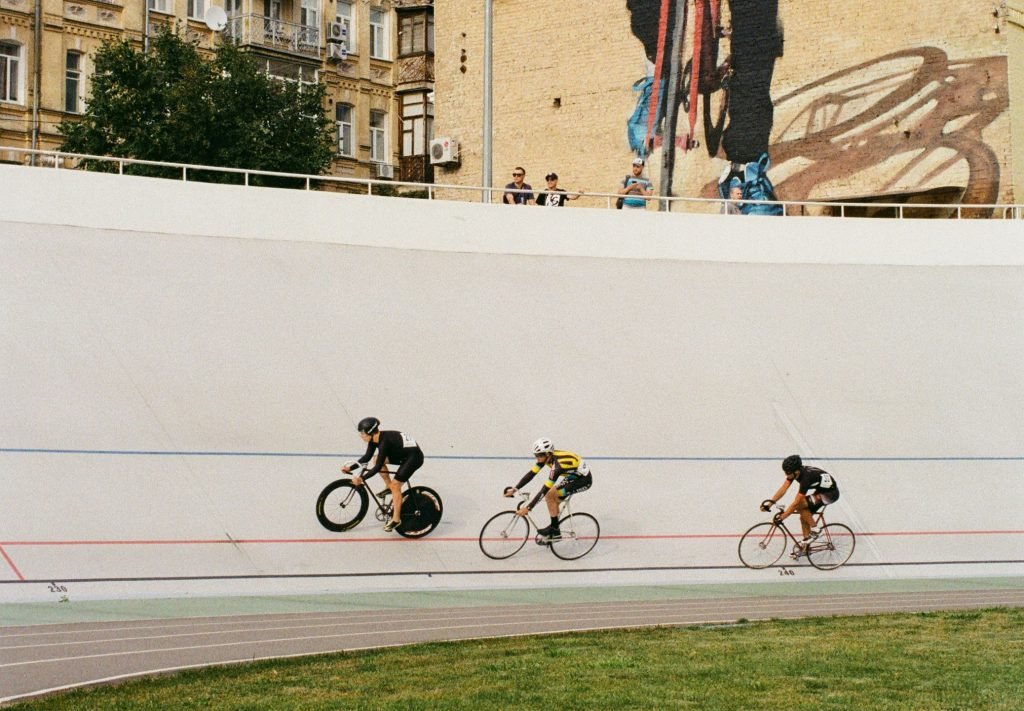
due to their lack of breaks.
Fixie bikes are commonly used on velodromes, which are indoor and outdoor smooth tracks. In velodromes, fixie bikes are referred to as track bikes.
Track bikes are built solely for speed and racing. This means they don’t have any breaks or other accessories that would otherwise increase the weight of the bike.
Other fixed gear bikes are built for artistic cycling (otherwise known as freestyle riding), this is where riders perform stunts in a dance-like fashion.
History of Fixie Bikes
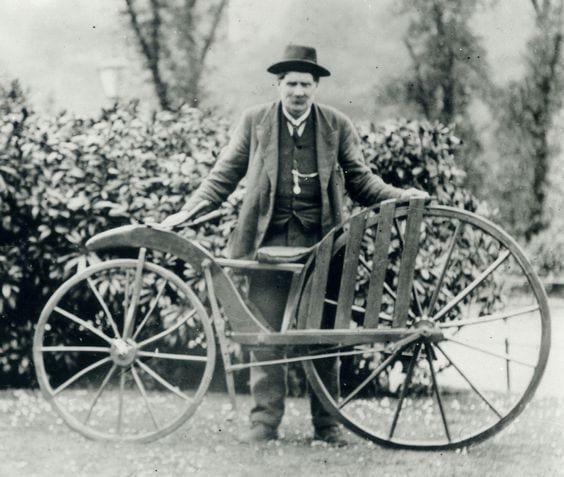
The origins of the fixie bike began at the start of bicycle history, as they fixed gear hubs were invented before freewheel technology was developed.
Though it’s debated who first invented the bike, Kirkpatrick Macmillan was a blacksmith who’s generally credited as the inventor of the first pedal-powered bike in 1839[1].
The pedals of this bicycle were directly attached to the rear wheel, causing them to turn as long as the bike was moving. Just like then modern fixie bikes we ride.
Some of the most relevant moments in history involving fixie bikes includes their popular use in the Olympics (track cycling) both in past and present, their important role in the bike courier movement, and in more recent years, their rise in popularity in hipster and urban communities.
Who Should Use a Fixie Bike?
Fixie bikes offer immense benefits to a number of cyclists! Considering your pedaling is responsible for all of the bike’s movement, they are perfect for people who desire the utmost control and connection to their bicycle.
Fixies offer a unique feel and experience to their rider, therefore they also lend themselves well to people aiming to improve their cycling skills. In general, it requires greater muscle strength and focus to ride a fixie bike effectively.
Low-maintenance bike riders who don’t want to invest in the repair or replacement of bike parts may be attracted to a fixie bike.
The simplistic and durable design doesn’t necessitate many complex parts for maintenance. This simplicity lightens the bike making it ideal for individuals looking to transport their bike with ease.
Who Shouldn't Use a Fixie Bike?
Fixie bikes may not be the best fit for every cyclist, for it takes a special kind of rider to appreciate their style of ride.
Fixie bikes are not ideal for cyclists looking for adventurous terrain full of hillsides, bumps, and rocky gravel. This is because their thin tires don’t provide adequate traction and fixies don’t tend to feature suspension.
The excessive power required to be fast and efficient without gear switching abilities would be challenging for less able riders. Furthermore, individuals who already enjoy the traditional cycling experience might not be willing to put in the time and effort necessary to learn manual braking and pedaling skills.
What Competitions/Events are Fixie Bikes Used In?
Fixie bikes have made their appearance at the competitive level of biking in both formal and informal ways.
Fixie bikes are often seen in track races completed on a velodrome where racers compete on track bikes[2]. Track cycling has been included at the Olympic level for many years, which began at the start of the modern Olympics in 1896.
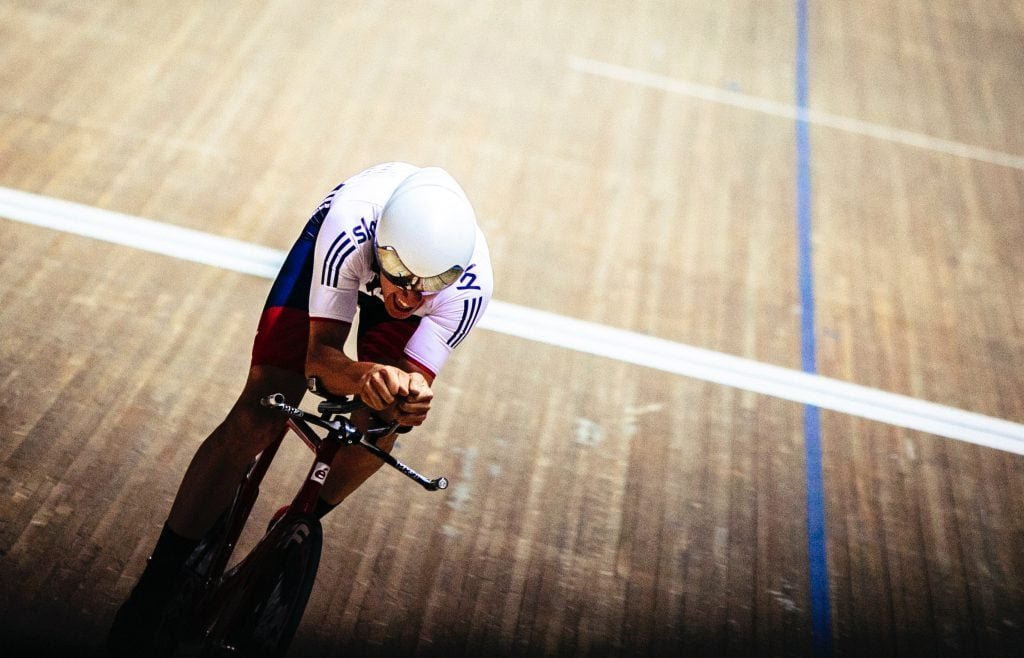
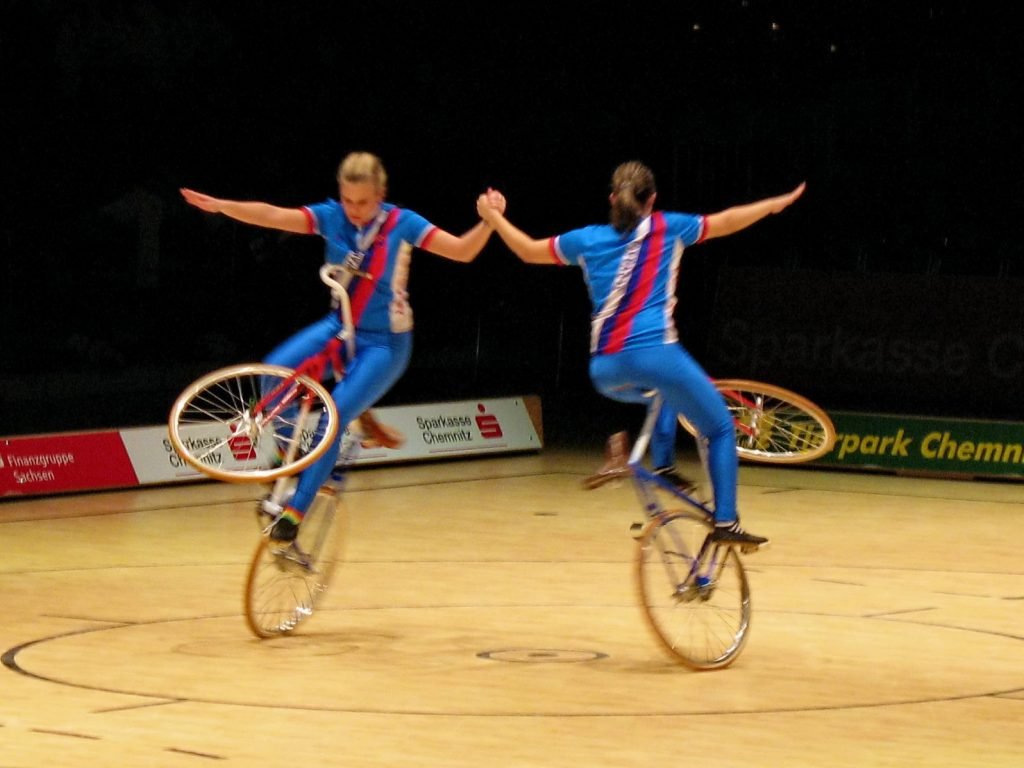
One unique event featuring fixie bikes (as covered above) is the ‘Artistic Cycling’ competition. Here fixed gear bikes take on a whole new purpose and aesthetic.
In this exciting form of a bike competition, riders perform tricks that require balance and an artistic flair. Some equate these competitions to dancing or gymnastics, just done on a bike[4].
Benefits of Riding Fixie Bikes
In general, fixie bikes are a great choice and present many interesting benefits to the biking world for both recreational cyclists and those looking to compete.
Fixie bikes require less components than your standard geared bike and are a barebones approach to cycling. This means fixies are generally less expensive than most other types of bike.
Fixed gear bikes’ physical appearance can be quite pleasing. Many fixie bike owners take the time to build their own bike from scratch, producing a totally unique fixie.
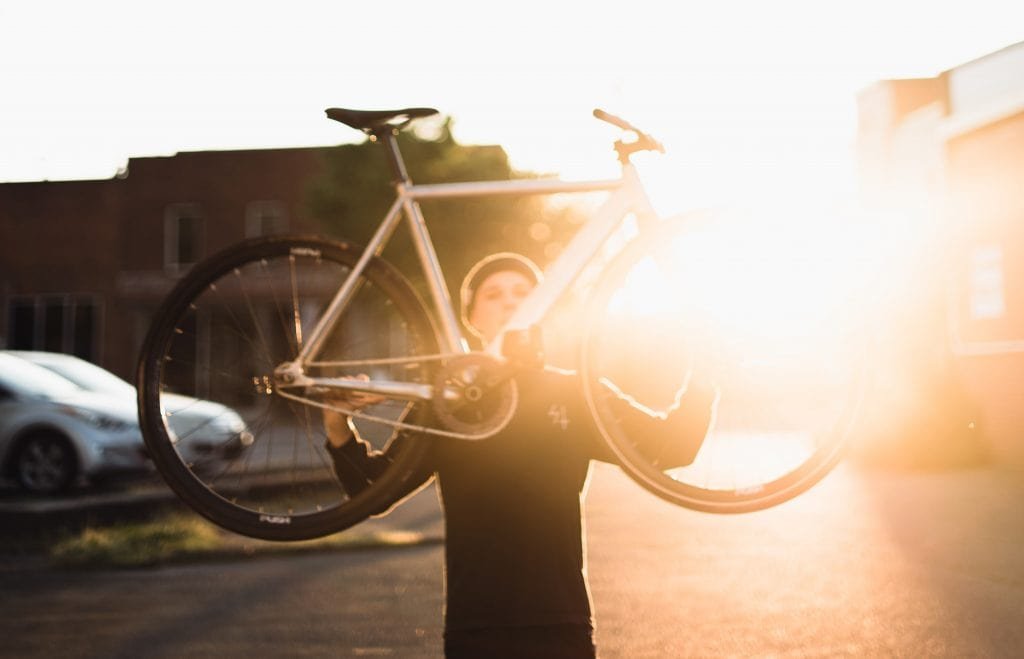
Fixie bikes provide a brilliant workout and inevitably transform their riders into stronger, more confident cyclist. As there is no coasting assistance available, your legs are working at all times without a break.
This intense form of physical exercise builds endurance and can help to improve cardiovascular health. Both mental and physical strength are also positive consequences.
Risks Associated with Fixie Bikes
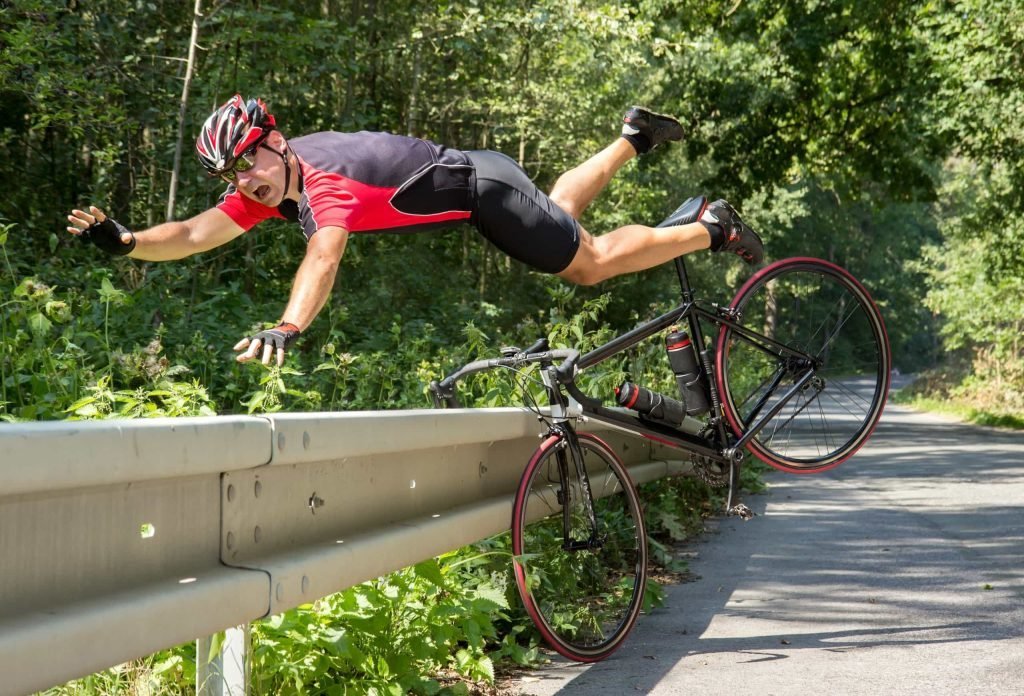
When it comes to the risks associated with fixie bikes, it is important to note that there can be a significantly steep learning curve when riding for the first time.
Fixie bikes require a significant amount of time and, inevitably, making mistakes before becoming accustomed to pedaling at all times and learning how to stop without a break.
As a result of the unique riding style, your risk of having an accident and sustaining an injury in the beginning stages of riding a fixie bike is greater than other bike models.
Riding next to roads or amongst vehicular traffic on these models can be more dangerous if you need to brake quickly. Fixie riders must take care to remain visible to cars at all times.
Environmental Impact of Using a Fixie Bike
Riding a fixie bike is a positive, environmentally conscious choice of transport.
Many individuals use their fixie bike to commute to and from their place of work, in addition to riding for recreation. The choice to cycle in place of driving a vehicle helps minimize smog and pollution associated with exhaust fumes.
Things to Consider Before Buying a Fixie
When considering the purchase of a fixie bike, it is also crucial to select the right gear ratio to ensure that it functions appropriately for your specific biking needs and physical fitness level.
When building or buying a fixie it’s important to consider where you’ll be using the bike and what gear ratio is required for your location.

For example, someone with the intention to race on a fixed gear bike may need a different gear ratio than someone who wishes to take their fixie on more unpredictable or hilly roads.
A lower gear ratio will be more suitable for those cycling on flatter ground, whilst a higher ratio would be easier to use on hilly roads.
And of course, like all bicycles a fixed gear bike will require general maintenance, although this will be easier than with a regular geared bike. So remember to budget for this.
Does a Fixie Bike Require a Special Area to be Ridden?
Fixie bikes are most often ridden in urban areas. These bikes perform best on flatter surfaces, such as paved roads or a velodrome.
Whilst fixed gear bikes can be ridden on bumpy roads and gravel, riding uneven terrain for a long time would result in a very uncomfortable ride.
What to Wear When Riding a Fixie Bike
As always when riding any bike, it’s super important to wear a helmet!
When it comes to fixie bikes, there isn’t one specific wardrobe that riders must adhere to.
If you are riding a fixie bike to commute within the city and are more focused on the artistic aesthetic, then a more casual yet stylish outfit would suffice.
Fixie bike racers of those riding them for fitness can choose athletic or leisurewear.
Considering riders are prone to more accidents or injuries when beginning your fixie bike journey, it may be beneficial for some to elbow or knee pads while learning.
What Accessories are Recommended When Riding a Fixie Bike?
The beauty of fixie bikes is how versatile their design can be. Many individuals enjoy adding artistic touches to their look through fixie bike accessories and features.
Toe straps or cleats are one of the most popular accessories implemented by fixie riders.
By strapping or clipping your feet to the pedals you gain a whole new level fo control over the rear wheel and this makes slowing down significantly easier.
Lights and a bell are other accessories that can be helpful when cycling in an area with traffic and congestion.
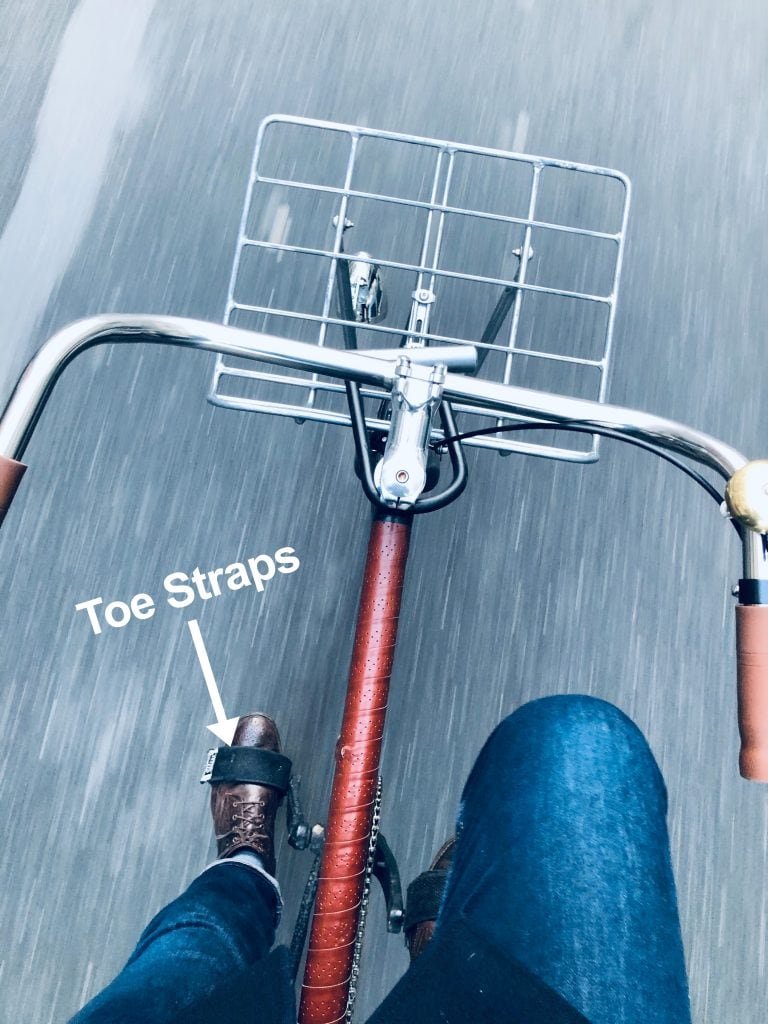
What Is a Fixie Bike - Conclusion
If you’ve made it this far, congratulations! You should now understand a bit more about fixies and the benefits that this type of bike provides.
If you’re interested in learning more about other styles of bike, have a read of some of my other articles.
And as always, lock it or lose it.
Ciao for now!
Sources:



